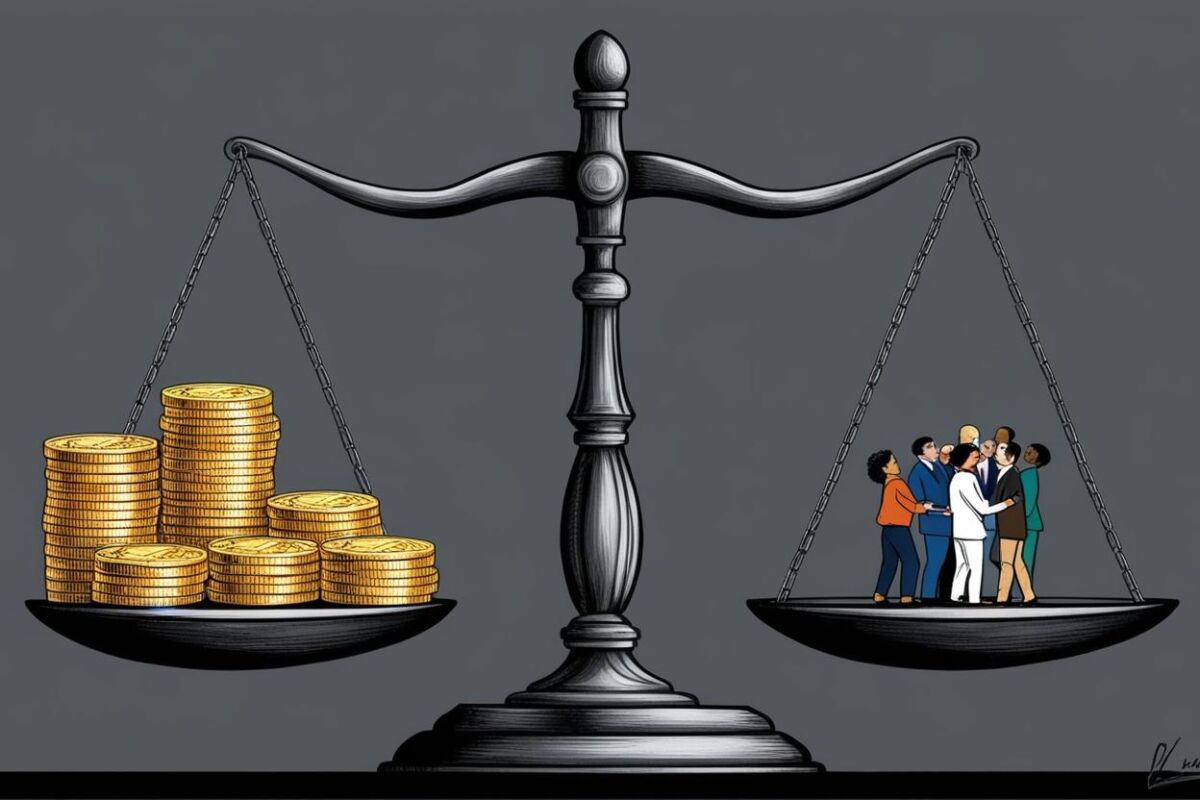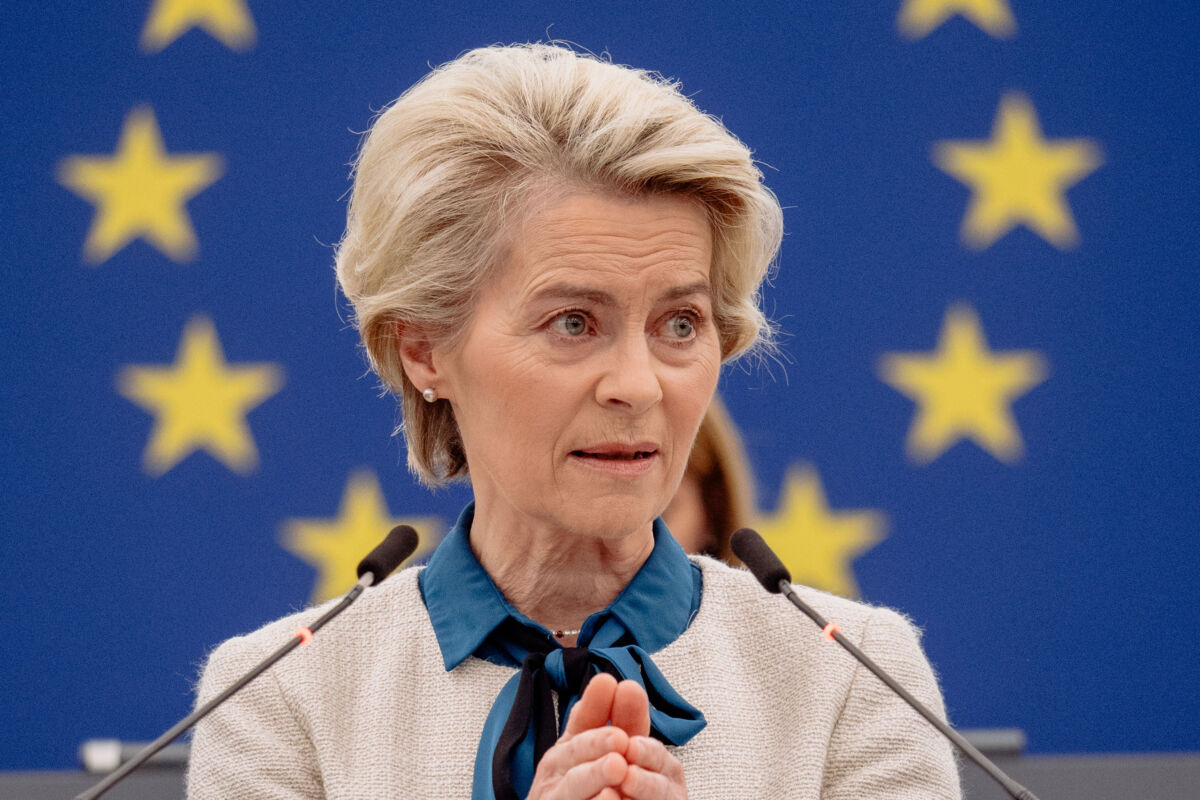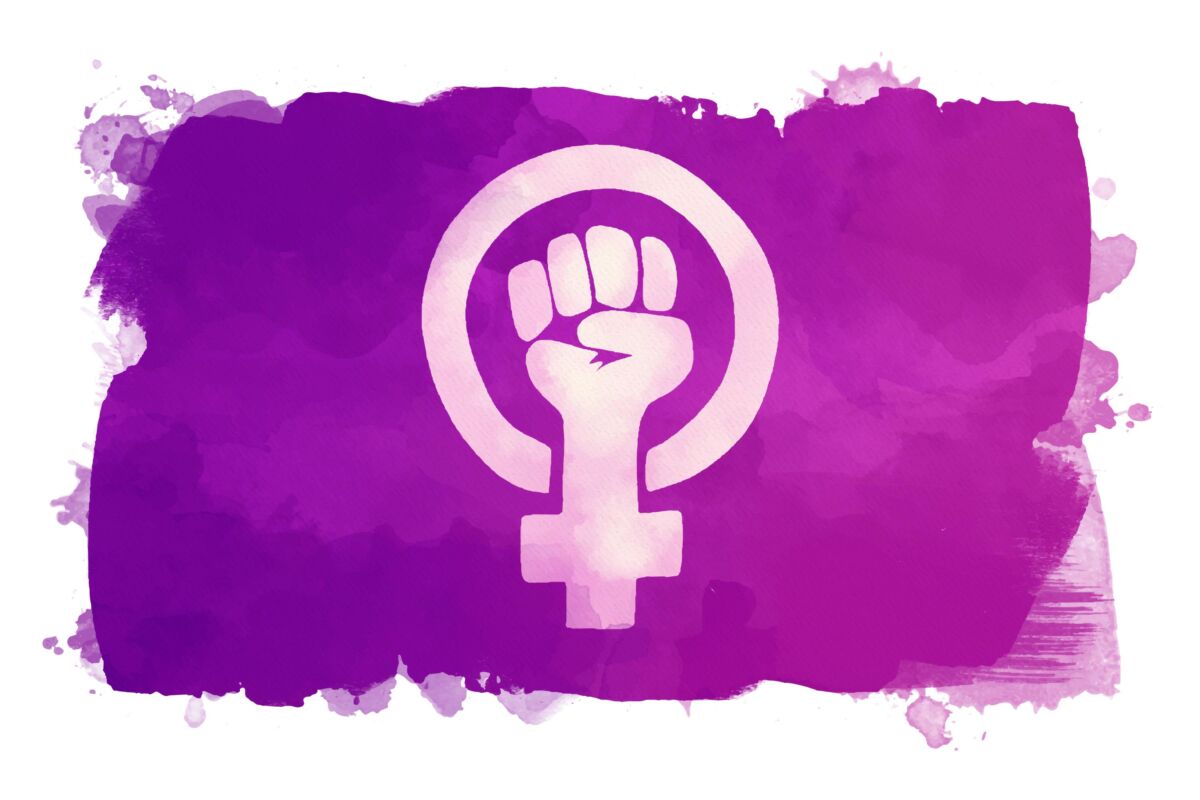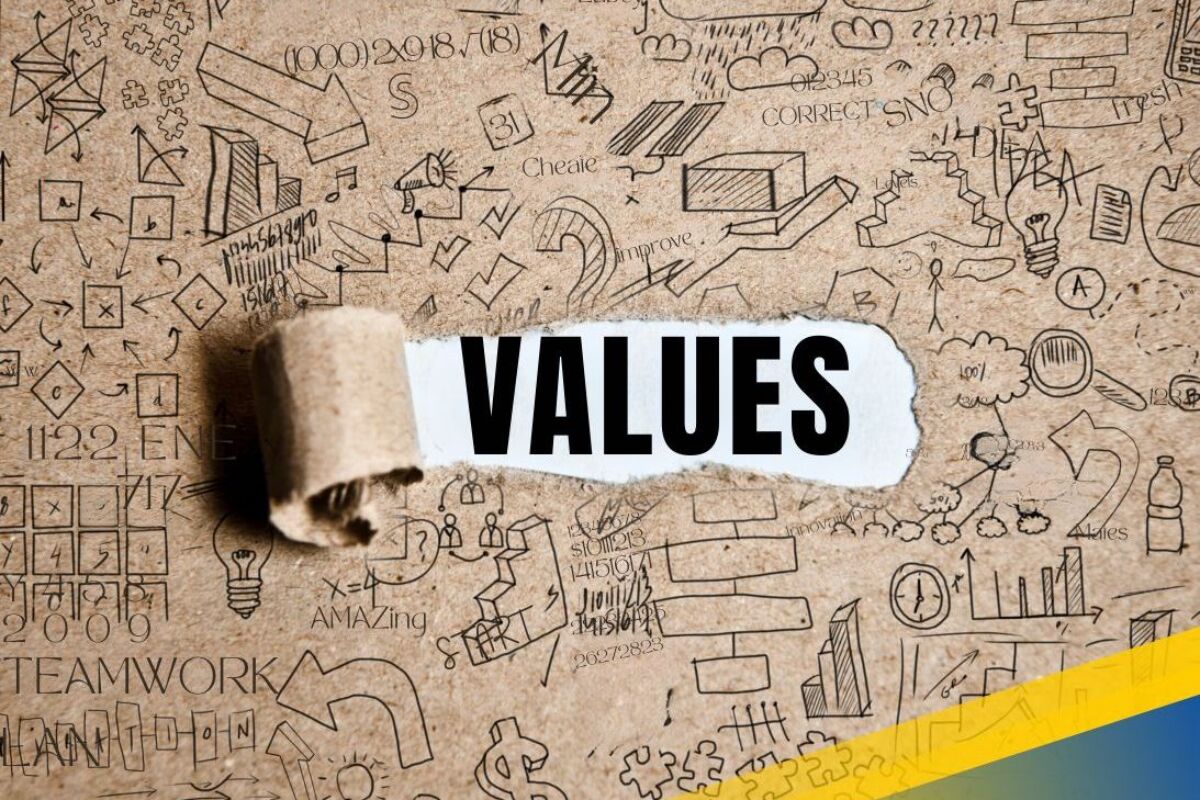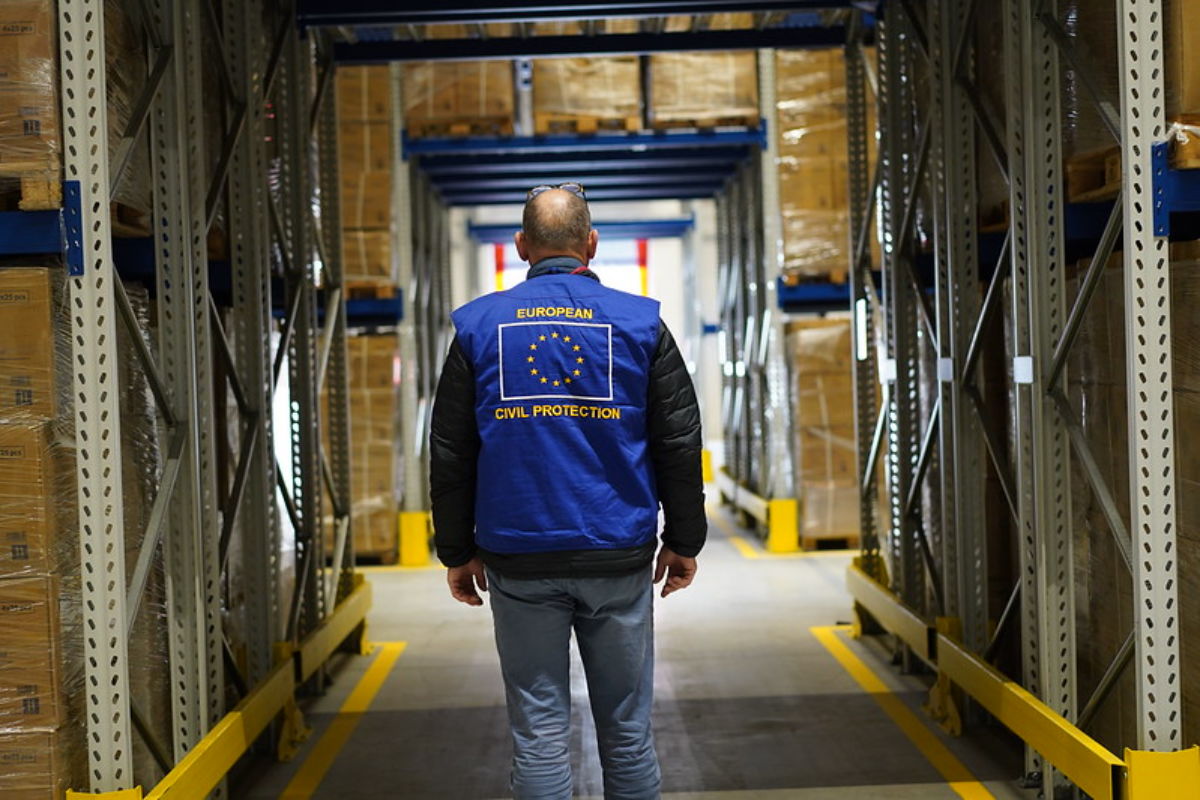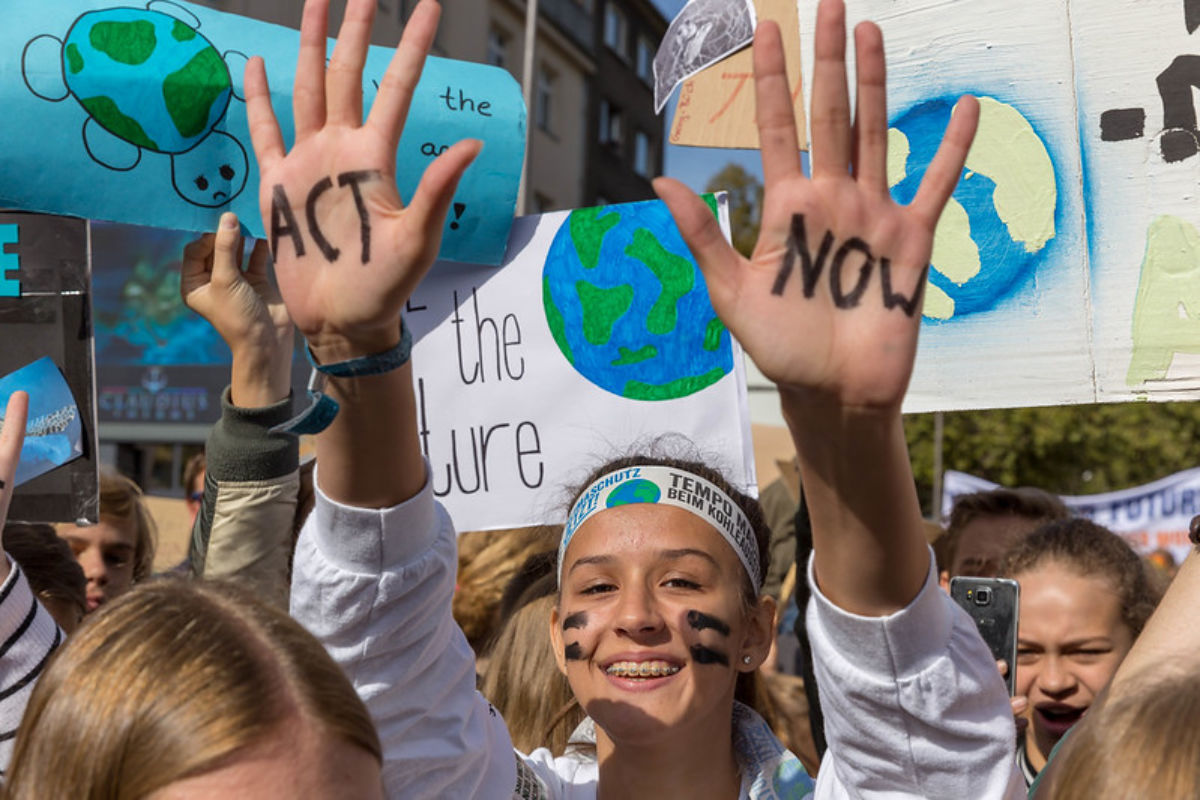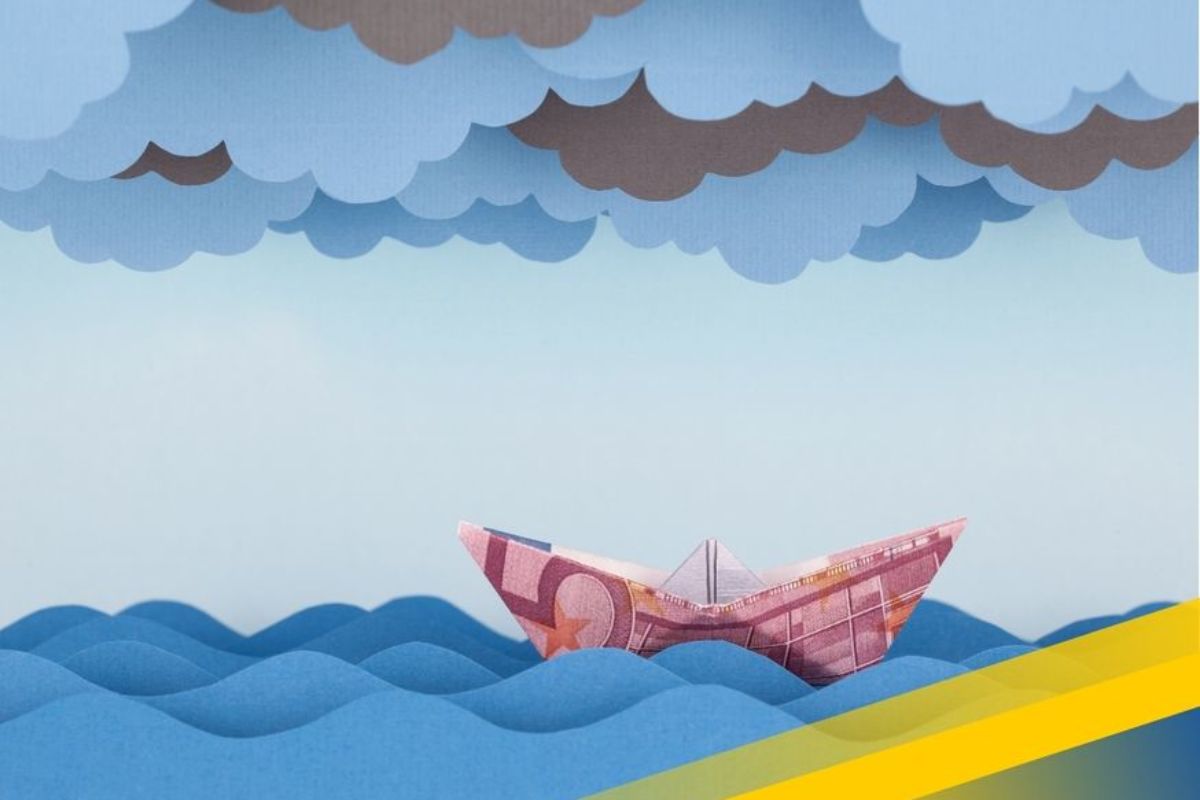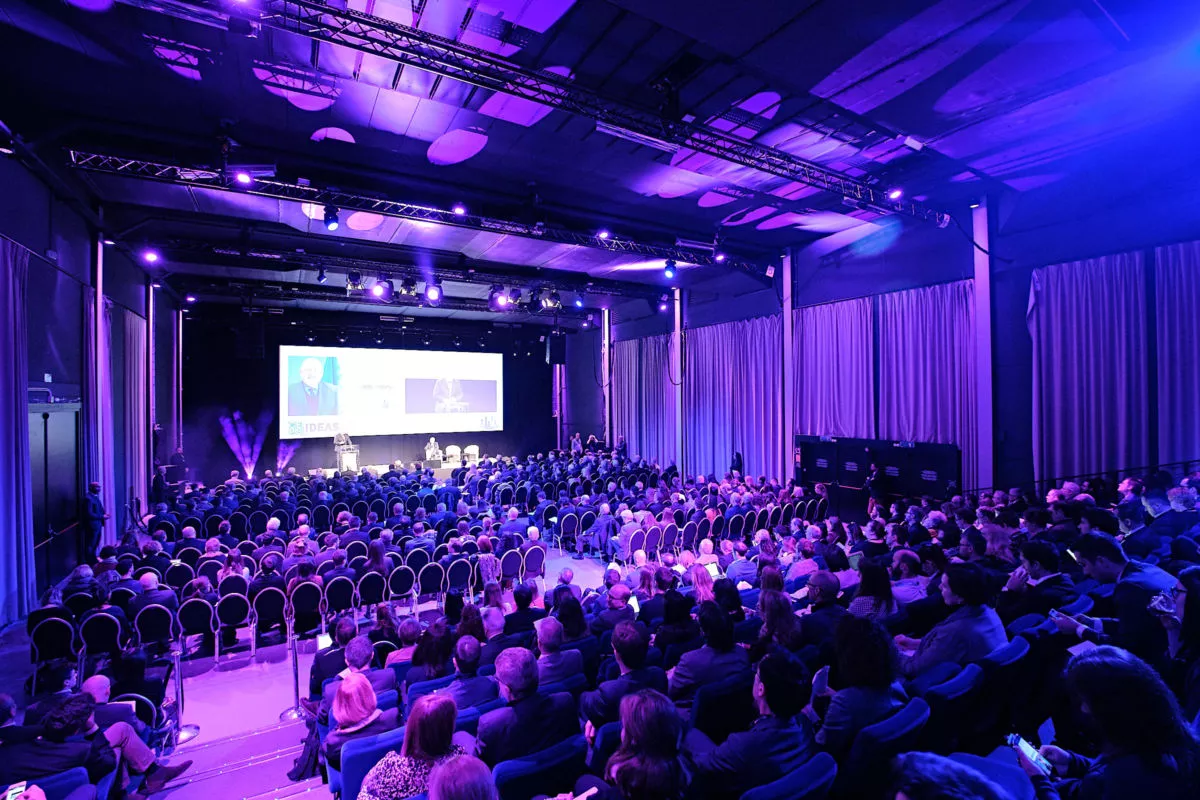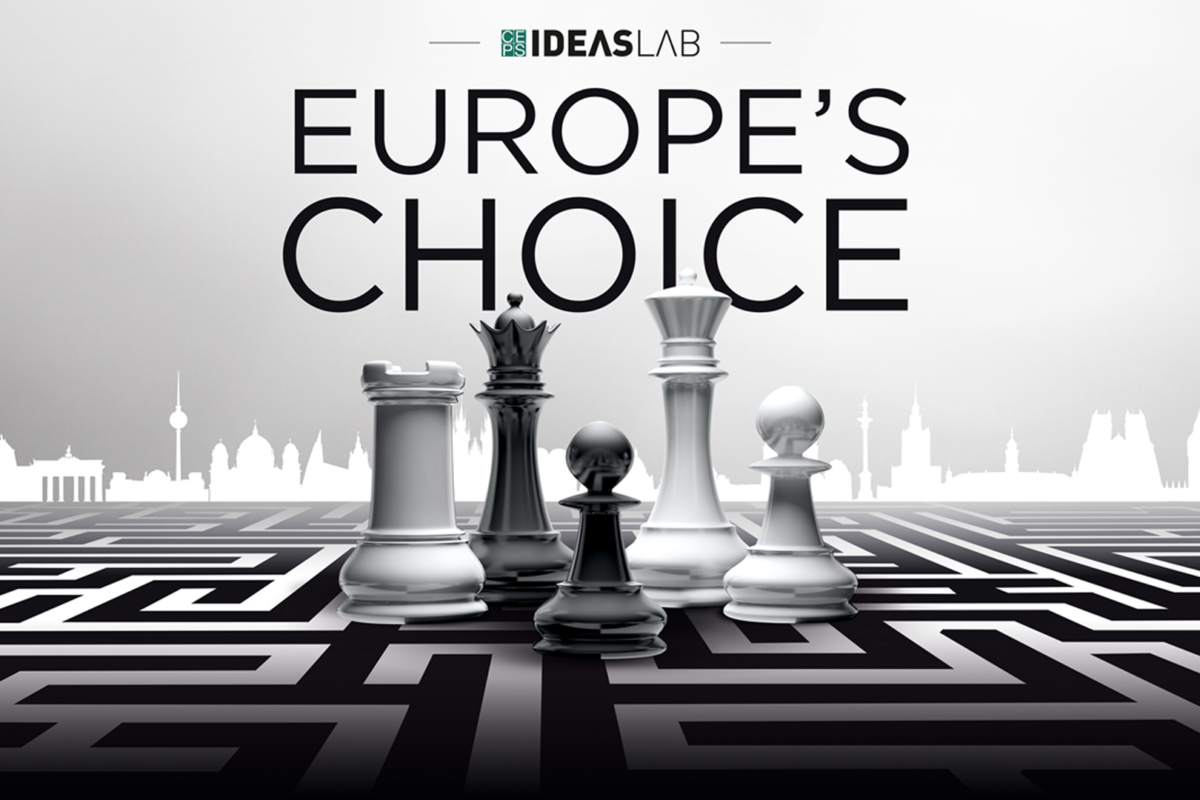Kabul’s fall in August 2021 was a slow-motion tragedy. EU Member States opened their doors, then bureaucracy slammed them shut. Across the EU, highly-skilled Afghanistanis – especially many Afghanistani women – are unable to work or practice their professions: a former minister becomes a pizza delivery man, a former army officer is found squatting next to official EU buildings.
These aren’t just individual tragedies. They’re symptoms of a systemic failure that’s quietly sabotaging people’s lives – and Europe’s future.
New proposals, reflecting the latest revisions to the ‘safe third country’ provisions under the Asylum Procedure Regulation (APR), make it easier to dismiss asylum claims. Countries like Germany and Austria claim Afghanistan is now ‘secure enough’ to deport people to.
Instability in Afghanistan has driven one of the world’s largest refugee crisis, displacing over six million people. Despite the ongoing chaos in Kabul, EU Member States have continued to issue thousands of deportation orders to Afghanistani nationals, including 23 515 in 2023 alone.
The bitter irony is that while the European Commission champions legal pathways and seeks to attract skilled workers from third countries, those already here are stuck. Rather than allowing Afghanistanis to contribute their skills, the bureaucratic merry-go-round consigns them to a state of Kafkaesque limbo.
In short, blanket restrictions and drawn‐out procedures strand them in perpetual uncertainty: children remain shut out of school, families scramble for stable housing and would-be workers are barred from the labour market. Many end up languishing for years in overcrowded reception centres and pushed into a life with limited dignity or rights.
Untapped potential
European governments often treat Afghanistani refugees as a burden. Integration has been haphazard and under-prioritised. Across the EU, safe reception and transition services are woefully inadequate.
Belgium’s reception crisis forced ‘thousands of asylum seekers and recognised refugees’ to sleep on the streets because no housing was available. The Netherlands initially housed evacuated Afghanistanis in large, prison-like camps with poor facilities and no financial support. In Greece even recognised Afghanistanis ‘continue to be isolated from the Greek society in which they seek to rebuild their lives‘. Such ad hoc, containment-focused reception forces refugees to rely on survival networks or NGOs for their basic needs.
While bringing diverse skills and education to the table, Afghanistani refugees – many being engineers, teachers and entrepreneurs – find themselves structurally barred from being able to participate. This paradoxically increases welfare costs and worsens labour shortages. Integration should be a strategic imperative, not a humanitarian afterthought.
The EU has a 2021-27 Integration Action Plan, which calls for ‘support for early integration’ and community-based housing from day one. But implementation and enforcement has lagged, even though Member States must fulfil these commitments – allow asylum seekers to work or train as soon as possible; fast-track the recognition of Afghanistani qualifications (maybe via an EU skills passport); and provide intensive language and vocational courses tied to local labour markets.
Critically, the EU and national governments should expand and streamline family reunification, and humanitarian corridors should be extended. Community sponsorship and public-private partnerships could also make a big difference for refugee families.
One example is the story of Mahjabin Sultani. She was a teacher and women’s rights advocate (and, full disclaimer, this author’s mother) in Herat, a profession that, post-2021, all but guaranteed her a one-way ticket out. Once in Europe, she did what integration strategies asked of her – she mastered local transit routes, tackled Dutch irregular verbs, signed up for volunteer work and began the long, drawn-out dance with bureaucracy.
Years later, she’s still studying Dutch, wondering if her language skills will ever meet the unspoken threshold of ‘employable.’ She’s still caught in a paradox – expected to become self-reliant yet not allowed to demonstrate and contribute her skills.
Closing the policy blind spot – gender
On top of all this, Brussels rarely walks the gendered walk. The Commission’s recent Action Plan trumpets an overarching principle of ‘inclusion for all’ and even declares that it ‘pays special attention to the integration of migrant women and girls.’ While prioritising effective removals, the New Pact on Migration and Asylum also urges integration for ‘more inclusive societies.’
In practice, however, these grand frameworks are unapologetically gender neutral as an EU audit found only four Member States had any integration policies specifically for women.
No surprise then that a majority of national policies on migrant integration are one-size-fits-all, failing to recognise women and girls as distinct target groups and prompting activists to ask ‘where are the women and girls?’. The net effect is that Afghanistani women, who would face Taliban persecution at home, are largely invisible in EU programmes.
In practice, the gender-neutral approach creates obstacles. In Germany, two-thirds of refugee women are mothers. Childcare duties and cultural constraints mean many cannot attend mandatory language or employment classes. Research finds Afghanistanis and other migrant women are ‘less able to consistently attend German language courses’ due to family obligations. This compounds other disadvantages: refugee women typically arrive with lower levels of formal education, limited German and few local work skills, yet generic integration courses make no allowance for these gaps.
It’s a similar situation in Belgium. It now explicitly treats Afghanistani women as victims of persecution but post-arrival services remain genderblind. Most language classes and vocational programmes are scheduled without considering childcare or cultural accommodation, leaving many mothers reliant on informal networks.
Towards gender-savvy integration
By now, what needs to be done is painfully obvious. European funds should be tied to gender outcomes: onsite childcare and women’s outreach for every language or employment class, and Member States should partner with women-led NGOs. Local authorities can create safe, female-only reception spaces and counselling services and they should hire Persian-Dari/Pashto-speaking therapists and legal advisers.
Brussels already calls for ‘monitoring progress’ under the Action Plan. It could insist on gender-disaggregated data so that if Afghanistani women trail men in jobs or schooling, no one can look away. In practice this means requiring, say, that every integration EU dashboard should publish female-specific indicators. If Afghanistani women in a given Member State continue to lag, the European Commission should clip a slice of its funding until a proper fix is in place.
Ultimately, the greatest fix is political will – to stop treating integration as a gender-neutral box-ticking exercise. Tailored services for women are not a charity but a fundamental obligation.
Only then can committed, aspirational immigrants – again, like this author’s mother – give back to their communities. They want to give back. The EU needs to let them.




